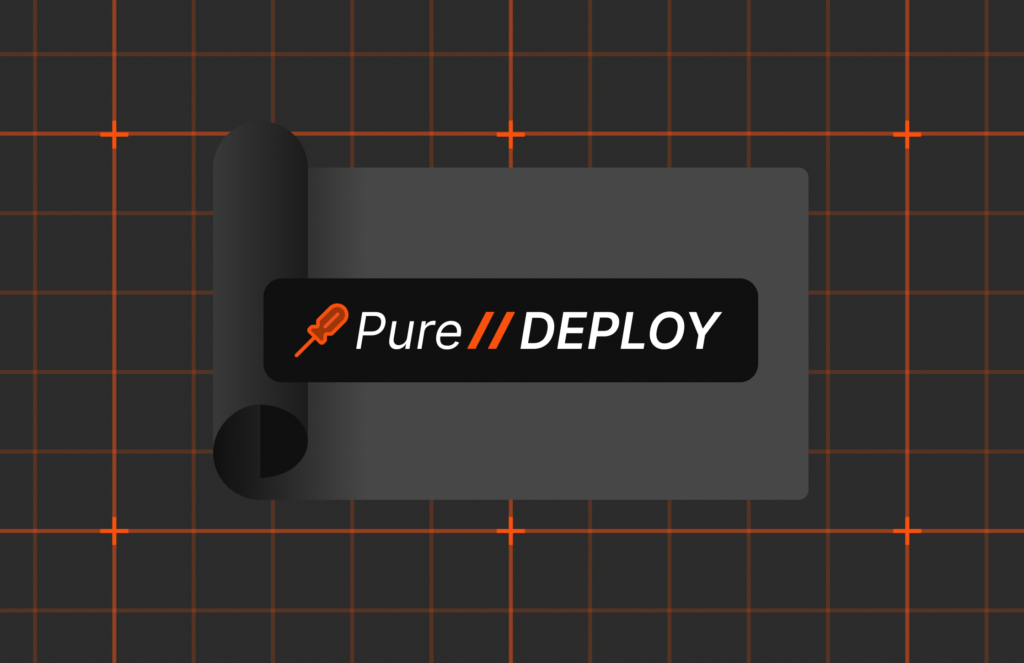Summary
Risks like cybersecurity, technical debt, and runaway costs are keeping IT leaders from focusing on innovation. Leveraging strategies to manage these risks can help them find innovation success.
AI adoption is a series of races. First, to build the infrastructure to support AI; second, to train models; and third, to identify use cases and implement the models into actual business processes. After, is the race that really matters: to actually create a healthy ROI from AI investments.
But to even be in the running, companies must outrun risks like cybersecurity, technical debt, and runaway costs. This is a race that has many companies struggling to stay in the lead. That’s one of the findings of our recent “Innovation Race” survey of 1,500 CIOs and IT decision makers. Just over half of the CIOs and senior IT leaders (51%) report that they spend more time and resources on “firefighting”—that is, keeping current operations up and running instead of innovating and working on projects that will grow and improve the business. And a whopping 98% say their organization’s infrastructure needs improvement to support both risk management and innovation going forward.
Where Are the Risks?
Cyber threats surfaced as the biggest worry—and as recent headlines show, the threats may not even come from criminals. A vendor partner’s simple configuration error is enough to cause a major incident. But the risk landscape extends far beyond just cybersecurity.
While our respondents were certainly concerned about cybersecurity, they also mentioned:
- Disparate systems and environments. The most common issue is with older systems or simply incompatible systems that must be un-siloed.
- Technology debt. The infrastructure needed to implement AI is costly and sometimes in short supply. Eighty-one percent of survey respondents foresee data loads that will outgrow their organization’s current data centers.
- Rising cloud costs. Cloud sticker shock has become so widespread and severe that organizations are rethinking how they use the cloud and whether the cloud can be part of a hybrid approach that will better suit their needs while controlling costs.
- Energy costs. AI is also causing sticker shock with electricity bills. The amount of energy required for AI may also threaten an organization’s sustainability goals.
To this list, we might add:
- The talent gap. One of the best ways to get out of firefighting doom loops is to have ample staff on hand to handle challenges as they pop up. But the IT talent gap is real and it has immediate impacts, including higher than anticipated costs.
- Data and data management. Training AI models requires lots of data. Some organizations are feeling like they can’t even get out of the starting gates in the innovation race because they don’t have the data needed or because the data they have is “dirty,” meaning it needs to be reformatted and/or cleansed and verified.
These risks surely sound discouraging enough on their own, but in the real world, they combine, synergize, and play off of each other to create an even more complex picture. The result is more firefighting and less innovation and improvement.

The Innovation Race
Reducing Risk and Navigating the AI Frontier for Future Success
Strategies for Innovation Success
Looking for a path forward? Put the following strategies into action:
- Understand your risk landscape. The risk landscape extends far beyond cybercrime or even customer-facing IT in general. Realize that you can’t hide from risks and that the best approach is to scour your organization for vulnerabilities with a skeptic’s eye, ensuring that there are no surprises.
- Assess AI readiness. It’s easy to let AI hype and wishful thinking dictate unrealistic expectations about AI timelines. Again, the mantra should be: no surprises. Be clear-eyed about AI readiness and set achievable goals that acknowledge the limits and obstacles specific to your organization.
- Rethink infrastructure. Incorporating AI goals, assess your needs based on the specifics of your organization. Acknowledge that off-the-shelf solutions may only take you so far, and seek out the tools and partners that can help build the right systems.
- Address cloud usage and cost. Ballooning cloud costs are driving many organizations to look at hybrid clouds. Seek out partners with favorable costs, and just as important, cost transparency.
- Address energy costs. AI is clouding the sustainability picture for many organizations in addition to becoming a significant cost in AI implementation. A hybrid infrastructure approach with the right as-a-service partners can reduce energy usage, lower costs, and possibly help shrink your organization’s physical space requirements.
- Establish a cyber recovery plan. Establish a robust recovery plan with multi-tiered resiliency, immutable and indelible snapshots, and ultrafast data recovery. Define roles, command hierarchies, and communication plans to use in case of a damaging cyber incident.
- Bolster talent retention. If you have good skilled people, they’re worth their weight in gold. Establish open communication and other processes to ensure that they’re happy with their roles, workloads, and career trajectory.
With these strategies you can give yourself a better chance to win your own innovation race.
Learn more about what your peers think about balancing risk and innovation in “The Innovation Race” survey.
Download The Innovation Race for the full story.
¹IT Leaders were asked to select their top three risks. Percentage figures are the number of respondents who selected that risk.
Break Through
Learn more about how you can reduce risk and navigate the AI frontier successfully.
![]()







